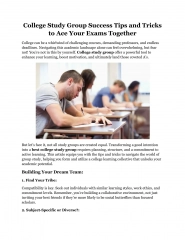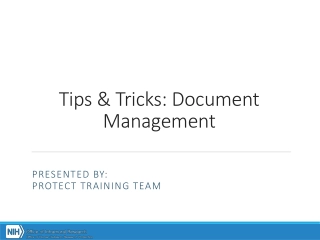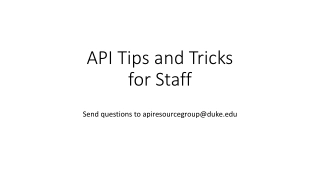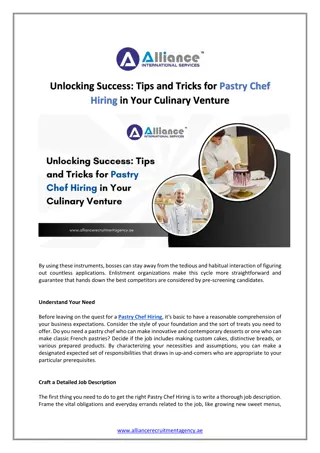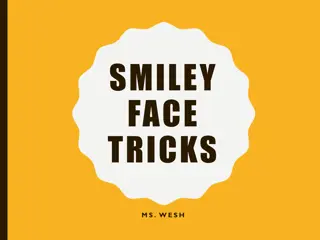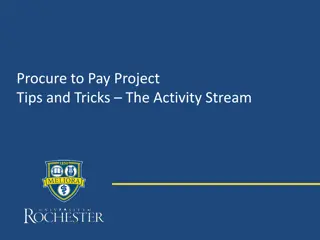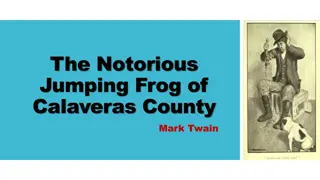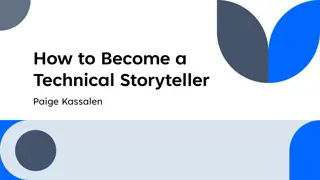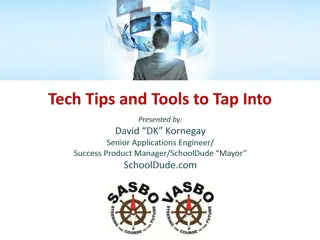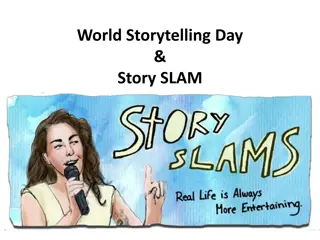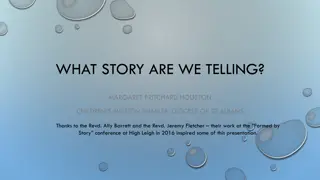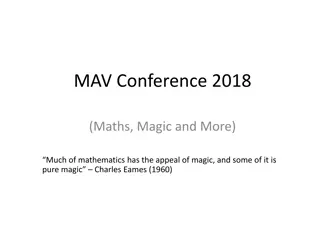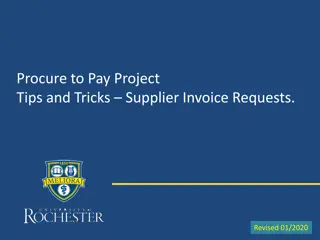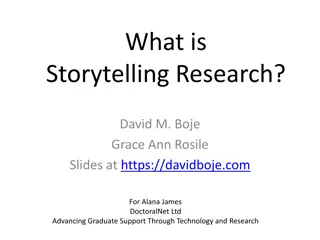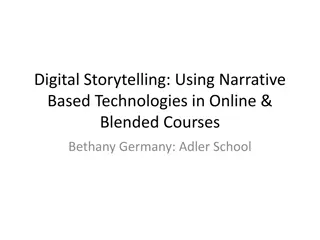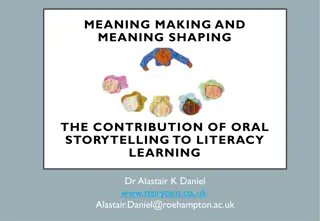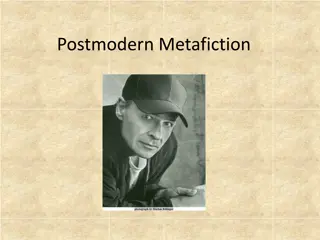Tips and tricks for good storytelling
Humans are natural storytellers, and storytelling plays a significant role in connecting, explaining, and entertaining. This guide delves into the essentials of crafting compelling stories, emphasizing the importance of shifting to a conversational narrative style. Tips cover different story formats, from hard news to feature stories, suggesting angles that evoke emotions, engage readers, and create impactful narratives. Preparation steps, interview techniques, and structuring advice are also highlighted to enhance storytelling skills effectively.
Download Presentation

Please find below an Image/Link to download the presentation.
The content on the website is provided AS IS for your information and personal use only. It may not be sold, licensed, or shared on other websites without obtaining consent from the author. Download presentation by click this link. If you encounter any issues during the download, it is possible that the publisher has removed the file from their server.
E N D
Presentation Transcript
Tips and tricks for good storytelling HLS Communications HLS Communications
Humans are a storytelling animal We all do it! Humans tell stories to connect, explain our world, find meaning, and be entertained Sometimes, good storytelling requires us to shift out of work writing mode think about how you tell stories to your friends and loved ones
Hard (or straight) news These stories convey a breaking piece (or pieces) of news. Event coverage generally also fits here. Write a compelling headline and subhead (see Jeff s excellent presentation for more) Follow the inverted pyramid structure lead with the important information at the beginning, then go into details and quotes (if necessary) Remember that many people will not read beyond your first sentence or paragraph, so all important info should be there! Try to answer the 5Ws and 1H (who, what, when, where, why, how) within the first few sentences If you get stuck on how tell an event story, one approach is to figure out the most interesting or provocative thing anyone said, and lead with that
Feature stories A feature goes beyond the typical hard news story, weaving in human interest and colorful details to help a reader better understand an issue in depth We re not just trying to get information out there we re trying to build deeper interest and engagement
Pick an angle! Broad topics are good for marketing (or your website!), but don t usually make great stories Try to find a subject for your story that meets at least one of the following criteria: Evokes emotion (strong ones like anger, joy, fear are the best) Fits what people are talking about in the news/social media/at the water cooler (Barbie movie anyone?) Involves conflict (and hopefully resolution) Surprises the reader (Otters stealing surfboards)
Before you begin Gather the information you need (statistics, background info, who will review) Figure out who to interview a diversity of voices is always great! Ask open-ended questions (here again, the 5Ws and 1H come in handy) Record the interview and transcribe it If it s helpful, make an outline with your key points before sitting down to draft your story
Hook em early Most people don t read past the headline, so think carefully about yours Use an active voice (Harvard launches new initiative vs. New initiative is launched by Harvard) Ask a question (Will new weapons help Ukraine gain an edge over Russia?) Be creative, but make sure it s still descriptive of your story Don t use clickbait (you might annoy the reader!)
Congrats! Youve made it past the headline Now, try for a compelling lede. Draw the reader in without revealing the full story. Some ideas: Start with a human connection or anecdote Ask a question Describe an intriguing situation Throw out a shocking statistic Remember to loop back to your lead at some point in the piece, so the reader doesn t feel cheated
Body work Slowly reveal the answers to the questions or ideas you have posed in your lede Don t forget the who, what, when, where, why, how Tip: use subheadings when you want to turn to another idea but don t have a good way to transition Try to keep quotes short and pointed Be consistent if you re writing in past tense, stay there Anticipate how someone might criticize the main points of your story, and offer evidence or arguments against those arguments
Pitfalls to avoid Avoid dry ledes like: There was a conference yesterday Try to tell the story from the perspective of an affected individual, not your institution or organization. Client-centered stories are awesome! Super long quotes can be distracting (and too many quotes as well) Keep jargon out (How would you explain this to people who aren t industry insiders?)
General writing tips Think about your story as a three-act play! (setup, conflict, resolution) If you get stuck, tell a friend or colleague about your story and ask them what they find most interesting about it. Then lead with that! If you must use acronyms, spell it out on first mention Shorter sentences and paragraphs are usually better Use quotes to add depth to your points, not to restate them My best advice: read a lot of work by others! I love the Atlantic, New Yorker, and NYTimes Magazine for features



